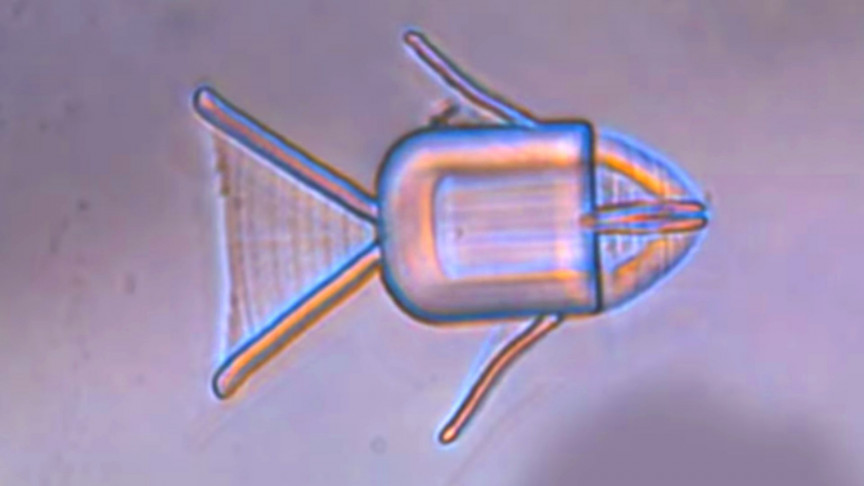We’re on the cusp of a revolution in nanotechnology.
Researchers created a new way of moving chemotherapy drugs to the site of cancer cells with microbots, according to a recent study published in the journal ACS Nano.
This could substantially enhance cancer treatment because it enables the direct injection of chemo drugs into the cancerous cells.
Tiny microrobots were guided to cancer cells via magnets
Today, most patients enrolled in chemotherapy treatment receive cancer-killing drugs either orally or intravenously. But both methods come with undesirable side effects. The new method could reduce these, and also lend new applications to 3D-printed robotic animals. Such tiny creatures are guided to their goal (in this case, cancer cells) via magnets, and release the drug payload once they enter the acidic environment immediately surrounding the tumor. Composed of 3D-printed hydrogel in the shape of various animals (including a butterfly, crab, and fish), the little robotic critters have gaps on the inside where engineers can stuff particles.
For this endeavor, the research team modified the printing density in discrete areas, like the extremities of a crab’s claws or fish’s mouth, which enabled them to open or close when the acidity of the environment increased beyond a threshold. Once completed, the microbots were lowered into a solution that had oxide nanoparticles within, to make the tiny critters magnetic and enable magnetic guidance once inside the body. Once the tiny critters are guided all the way to the target, where the rapid changes in pH levels will trigger the release of the payload housed within.
An army of tiny service robots
While working in the lab, the researchers employed magnets to guide a fish-shaped microbot through structures designed to simulate blood vessels, in the direction of cancer cells clustered together. The scientists made this region of the solution slightly more acidic, which caused the microrobot fish to open its mouth, and regurgitate the drugs. This killed the cancer cells. In additional tests, crab-shaped microbots were designed to contain the drug nanoparticles inside their claws. When guided to the target, the claws released the drug. And this idea could be scaled for swarms of microrobots capable of rolling, walking, swimming, squirming, or even crawling and somersaulting their way through human bodies to deliver drugs directly to target areas.
But the newest design of the crab- and fish-shaped bots is especially impressive, since they can automatically release drugs at the specific site required for treatment. Naturally, microbots aren’t going to enter the market for public use and personal injections in the next few months. The research team said the robots should be smaller, and we also need a way to image and track them in their journey through our bodies. We don’t want them ending up in the wrong place, with the wrong drug, but once matured, this technology could effectively revolutionize cancer treatment, and maybe even lead to other, even more advanced applications. Speculating broadly, imagine an army of little robotic critters surging through your veins while on a run, supplying just a little boost of extra chemical fuel or electric jolt needed to make your muscles respond quicker, enhancing the athletic performance of healthy people or improving the coordination and those who aren’t in the best health.
Credit: Source link




















